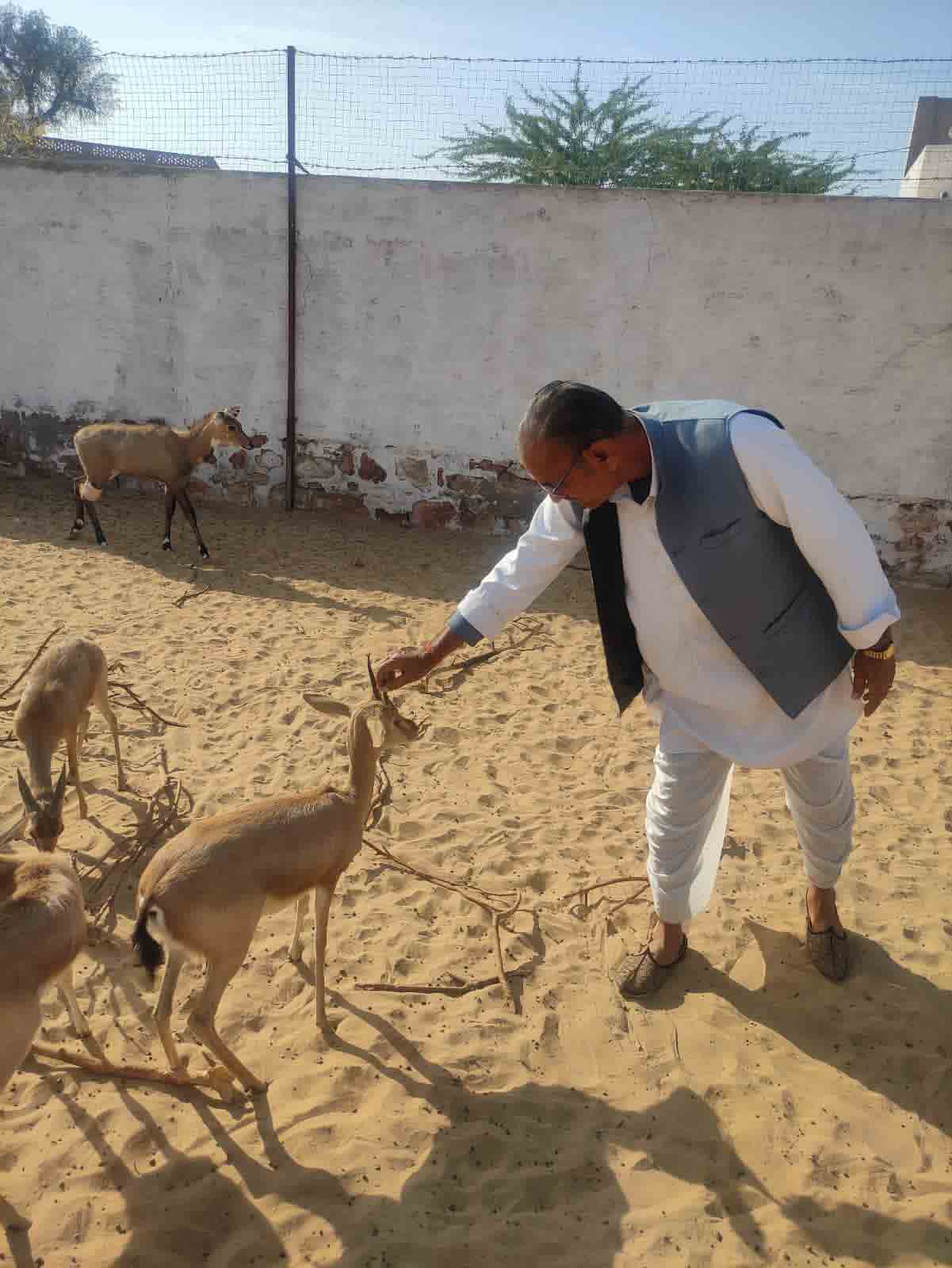SHIMLA: Soon the poachers and forest mafias will be on the run. They can be caught by forest rangers/guards and drones in a "new way of Game Theory" that has rung in a new hope for survival of wild flora and fauna in the country.
Researchers at Indian Institute of Technology Madras and Harvard University have developed a novel Machine Learning algorithm named ‘CombSGPO’ (Combined Security Game Policy Optimization). This can help in saving wildlife from poaching and illegal logging in the forests.
This new method will come in handy for protection of rare and prized wild life species like musk deer, pheasants, Rhinos, and other flora and fauna in wild life sanctuaries, National Parks across India and in the Himalayan region including Great Himalayan National Park, Kullu, Sambalwada, Pin Valley National Park in Himachal Pradesh.
The researchers found that Forest Rangers and drones when combined and coordinated are a good way to protect wildlife from poaching. 
As the resources (Rangers and drones) are limited, the researchers have developed this algorithm. It provides highly efficient strategies that are more scalable than the earlier ones created for the same purpose.
The algorithm works wonder. First, the available resources are identified. They are handled and allocated and strategizing patrolling in the forests.
For this task, it utilizes data on the animal population in the conserved area. It assumes that poachers are aware about the patrolling being done at various sites.
Prof. Balaraman Ravindran, Mindtree Faculty Fellow and Professor, Department of Computer Science and Engineering, IIT Madras, who is also Head of Robert Bosch Centre for Data Science and Artificial Intelligence (RBCDSAI), IIT Madras, collaborated with Prof. Milind Tambe’s Research Group – Teamcore - at Harvard University, U.S., to carry out this study.
The work has been peer-reviewed and was well received at the 20th International Conference on Autonomous Agents and Multi-Agent Systems.
Prof. Balaraman Ravindran said the work was motivated by the need to perform strategic resource allocation and patrolling in green security domains to prevent illegal activities such as wildlife poaching, illegal logging and illegal fishing.
“The resources we consider are human patrollers (forest rangers) and surveillance drones. The drones have object detectors mounted on them for animals and poachers”.
“The object detectors can perform strategic signalling and communicate with each other as well as the human patrollers”, said Prof Ravindran.
This new algorithm utilizes a Game Theory-based model created by the researchers. (Game theory is a theoretical framework for conceiving social situations among competing players.)
In the context of wildlife protection, Game Theory pertains to predicting the areas where poaching may take place. These predictions are based on the earlier poaching incidents and the interaction between poachers and defenders.
Elaborating on this Project, Mr. Aravind Venugopal, first author of the study, and a Post-Baccalaureate Fellow, RBCDSAI, IIT Madras, said, “The game model and the kind of resources we use to simulate such a ‘poaching game’ between the defender (Forest Rangers and drones) and attackers (poachers) are based on the widely-studied ‘Stackelberg Security Game Model’.
They are linked to drones that have already been deployed by Air Shepherd. Air Shepherd is a foundation that deploys drones to stop elephant and Rhino poaching in Africa.
Poaching Second Biggest Threat to Wildlife
Researchers cite data of WorldWide Fund for Nature (WWF). WWF says that wildlife trade poses the second biggest direct threat to the survival of species. The biggest direct threat to wild life is habitat destruction of animals in the world.
While several organizations and regulatory authorities are trying to curb the incidences of poaching, the poachers seem to have always remained one step ahead of the patrollers.
This collaborative research work by two esteemed universities will help in keeping poaching incidents in check, said the IIT Madras spokesperson.
The research teams are extending this research for application in domains such as security, search and rescue and aerial mapping for agriculture as well. The team is trying to perform sample-efficient multi-agent reinforcement learning to learn with the least amount of data since data collection is costly in a real-world scenario.








